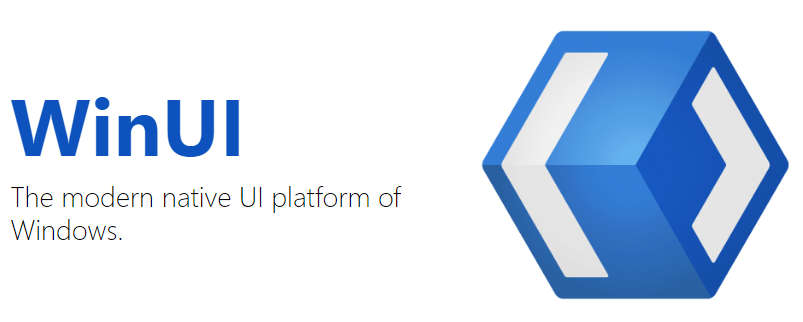| Windows UI Goes Mainstream |
| Written by Mike James | |||
| Wednesday, 25 March 2020 | |||
|
WinUI is the UI designed for UWP apps but now it is clear that it is going to be Microsoft's preferred UI for everything not just UWP apps - or is it? I am convinced that we will look back on this period of Windows development as where it all went wrong. WinUI is the name of the UI framework originally introduced to allow Windows to work better on Windows Phone. It was one of the big upheavals in Windows 8 and later the key to moving to UWP apps. If you look at it with hindsight then it all looks very much like repeated attempts to justify and make relevant the largely irrelevant. Windows Phone is no more and UWP apps aren't exactly a huge success. Is there any need for WinUI any more? Apparently there is and the latest move to make it seem like the future is a new website.
The site "sells" WinUI as being the best UI to put all your eggs in. It's a "modern UI", it uses "Fluent Design", and other empty promises. Of course, it is written in C++ and this confers on it the super powers of performance and battery life. What? Battery life? For a phone this might be an issue, but there is no Windows Phone and I doubt the issue of battery life on a portable or slate is much influenced by the language that its UI is written in. We are also told it's "Built for Windows 10 and Windows 10X". Well yes, but so are WinForms and WPF and there are "1 billion devices running Windows 10". How many are running Windows 10X? And the claimed advantage that it is open source doesn't set it apart from WPF or WinForms. Of the points made one stands out: The Future of Windows Development WinUI offers a state-of-the-art UI framework for all Windows apps across both Win32 and UWP. It provides a way to gradually migrate existing apps written in familiar technologies like MFC, Winforms, Silverlight, and WPF, allowing you to move these applications forward at your own pace. It also supports familiar languages spanning C++, C#, Visual Basic, and even JavaScript via React Native for Windows. So this is the way of the future and once again we have to give up tried and tested technologies and all our investments just because two Microsoft units are going their own way. It seems the C++ compiler guys are still trying to replace the .NET Visual Studio guys. I can't know this for sure, but based on past experience it is my best guess. At the moment WinUI is underdeveloped. We have to wait for Version 3.0, which is only available as an alpha, to be able to do any of the things that the website promises. Currently WinUI 2 is constrained to work with UWP apps. Given that Microsoft is mostly focused on Azure, I'm not at all sure that we can trust the propaganda. It might be that WinUI is the future, or it might be axed at any time - like WinRT JavaScript was, like Silverlight and like Windows Phone. Until this website appeared, I would not have given WinUI a moment's thought when planning a new project - now I have to. It would be good if Microsoft could rollback all of the effects of the Windows 8 fiasco. But I guess that's too hard for a company as big as Microsoft.
More InformationRelated ArticlesGot There - Windows 10 On 1 Billion Devices .NET Core 3 - Microsoft Is Almost Back Where It Started Forms, WPF and UI Go Open Source
To be informed about new articles on I Programmer, sign up for our weekly newsletter, subscribe to the RSS feed and follow us on Twitter, Facebook or Linkedin.
Comments
or email your comment to: comments@i-programmer.info |
|||
| Last Updated ( Wednesday, 25 March 2020 ) |



